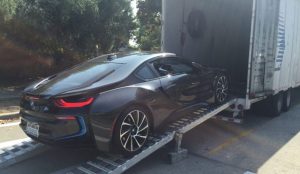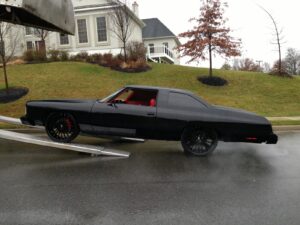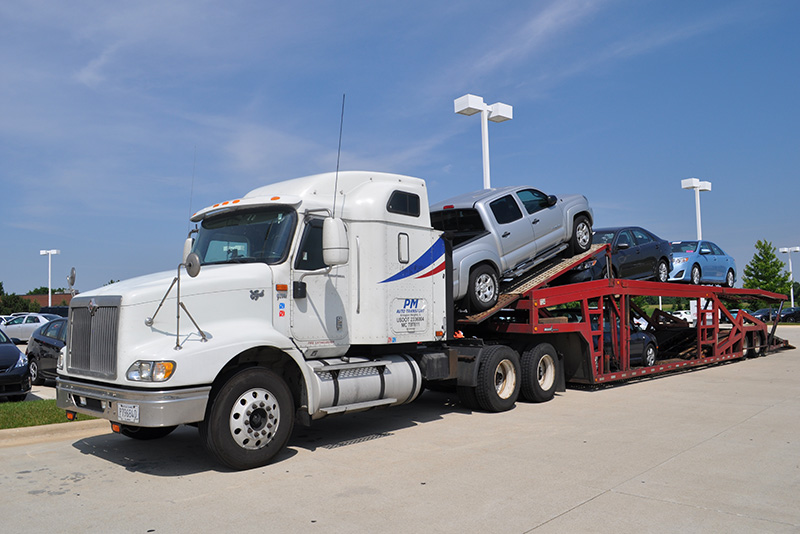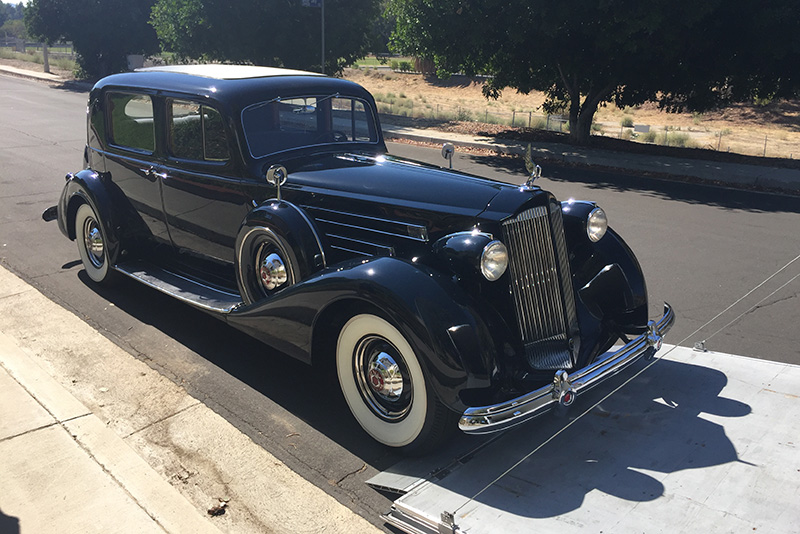Myths exist in every industry. They do exist the auto transport industry as well. What is a myth? It is a common misconception we may believe to be true because other people do.
However, we should never assume things. Assumption is often not based on facts. We should do some research and check all necessary facts before deeming something as true or false. And when it comes to myths about auto transport, the easiest thing is to contact some of the best car shipping companies and ask questions.
In this post, we will explore and expose some popular misconceptions about car shipping and share useful information to help you navigate the world of auto transport. Ready? Let’s get some auto transport myths busted.
What are the most common auto transport myths?
Myth #1: Terminal-to-terminal transport is cheaper than door-to-door!
When you have never shipped a car before you simply don’t know what is true. The most cost-effective method of auto transport is the door-to-door vehicle delivery. The fact is that terminal-to-terminal shipping might save gas and money to the carrier, but not to the customer.
Terminals often charge an additional fee to keep your car in storage until you pick it up. Moreover, you have to get to the terminal somehow. It implies additional driving and costs, and often these terminals are in the outskirts of the city. Consequently, door-to-door car shipping is cheaper than terminal to terminal.
Myth #2: It’s always cheaper to drive the car yourself.
False! In reality this may not always be true, as driving the car yourself can rack up costs such as fuel, tolls, lodging, and meals. Additionally, the wear and tear on the car during a long distance drive can lead to costly repairs in the future. Based on your vehicle, locations and distance, type of transport, current supply and demand the cost to ship a car can certainly be lower that the cost to drive it yourself. Check current prices.
Myth #3: Open transport is always cheaper and just as safe as enclosed transport.
While open auto transport is generally less expensive, it may not be suitable for certain types of vehicles or in certain weather conditions. Enclosed auto transport provides added protection from road and weather elements and potential damage.
Myth #4: Vehicle transport cost depends only on the distance
False. A few major factors affect the car shipping cost – distance, vehicle make and model, whether the car is operable or not, the type of transport – open or enclosed, modifications to the vehicle, accessibility of the final destination, and mainly demand and supply situation. So, when looking to ship a car think about all those factors when it comes to prices.
The distance is a major factor, but not the only one. Shipping your car to a rural location would cost you more because the carrier has to go off the major highway. Also, if you are not flexible with the shipping dates, and need exact dates, it will cost you more. Also, car shipping cost depends on current fuel prices meaning car transport rates fluctuate.
Myth #5: Shipping to terminals increases the chance of delays
This is a fast debunk. Terminal-to-terminal auto transport does not delay shipping. The delivery time depends completely on the customers’ availability to pick up their car from the terminal.
Myth #6: All auto transport companies are the same.
Auto transport companies vary greatly in terms of pricing, services offered, and certainly quality of service. It’s important to do research and choose a reputable company with a good track record. Read customer reviews online, ask for references and call the companies to discuss services and prices. This is how you get to evaluate for yourself.
Myth #7: Avoid auto transport brokers and only deal with carriers
This is just some of the most ridiculous advice. Many companies are both carriers and brokers, but most often companies are either carriers or brokers.
Most carriers on the road are independent owner-operators and their job is transporting your vehicle, not doing marketing, sales, and customer service. They do not have the time to deal with customers besides quick calls some hours before pick up and delivery and doing the necessary inspection.
Dealing with a car shipping carrier could mean no customer relations department. It could turn your auto transport experience into a challenge when you don’t know where your car is because carriers are busy driving instead of answering the phone.
Also, keep in mind that carrier companies have a limited number of trucks covering certain regions, and when their capacity is filled, they can’t offer you the dates you desire. Just like in many other industries, the broker is the necessary piece in the puzzle. Check out auto transport broker vs. carrier for more details.
Car shipping cost and delivery time are what most customers care about. And this is where a broker will help you. Sure a carrier will offer other dates and try to accommodate your needs, but a broker can find just what you need at the time you need it. The auto transport broker company will serve your needs and have all of your questions answered. Brokers provide you with terms and conditions and with all the information you need upfront.
Myth #8: The transport company is responsible for any damages or loss during the transport.
While all reputable car shipping companies carry insurance, it’s important to read the fine print and understand the limitations and deductibles of the coverage. Additionally, pre-existing damage may not be covered. So in reality you have to research and ask questions because insurance coverage varies based by company. Some companies transport specialized cars and they carry higher insurance policy.
Myth #9: Auto transport is always fast.
While some transport companies offer expedited services, auto transport takes time, especially for long distances. Moreover, time is always an estimate and dates are never guaranteed. Due to weather, traffic and road conditions delays occur. Plan accordingly and choose a company that provides realistic timelines.
Myth #10: It takes more time to ship than to drive the car myself
That is our favorite myth. Many people across the country think that it would be faster to drive their car than to ship to wherever they are moving. If you are moving across the state, to a location about 200 miles away, driving is certainly fine and probably cheaper. However, for distances exceeding 200 miles, shipping is a better option.
Let’s say you are shipping a car from Boston to Florida. Just think about all the miles you have to drive. Think about the time off work, factor in hotel, gas, and food. And finally, consider the unnecessary wear and tear on your vehicle. Compare the final amount to a car shipping quote and you’ll see that you will not be saving much. In fact, you may even pay more to drive your car than shipping it. Shipping a car saves you money, miles, and stress.
Myth #11: The driver will always be the same throughout the transport.
Depending on the company and the route, multiple drivers may be involved in the transport of a single vehicle. Make sure to ask the company about their driver policies and procedures. Sometimes when a customer request expedited auto transport and any type of guaranteed dates this often requires multiple trucks and drivers.
Myth #12: You don’t need to do anything to prepare your vehicle for transport.
This is false. Every customer is responsible to prepare their vehicle for transport. It’s important to clean your car thoroughly before pick-up and remove any personal belongings or loose items in and outside. Additionally, you need to inform the company of any special instructions or issues with the vehicle.
Myth #13: You can pack items in your car during transport.
Most transport companies usually prohibit personal items from being loaded in the vehicle. This is for safety reasons and to comply with regulations. Car carriers are not licensed to transport household items, only vehicles. However, Corsia allows one suitcase or a box in the trunk of the vehicle, weighting no more than 100lb.
Myth #14: You can book auto transport at the last minute.
While it is not impossible, in general auto transport requires planning and coordination, especially for long distances or during peak seasons. It is best to book your car transport service as early as possible to ensure availability and secure a favorable rate.
Myth #15: You can only transport a vehicle in working condition.
While it may seem that vehicles that are no working might not be transported, it is not true. A non-operational vehicles can still be transported – they just may require special equipment and handling. Make sure to inform the company of the condition of the vehicle as this affects transport time and the cost to ship a car as well.
Now you have it. All the myths debunked. Are there any other myths you are aware of? Let us know in the comments below. And don’t forget to check the 7 facts about auto transport, because the more you know, the better your car shipping experience is.













